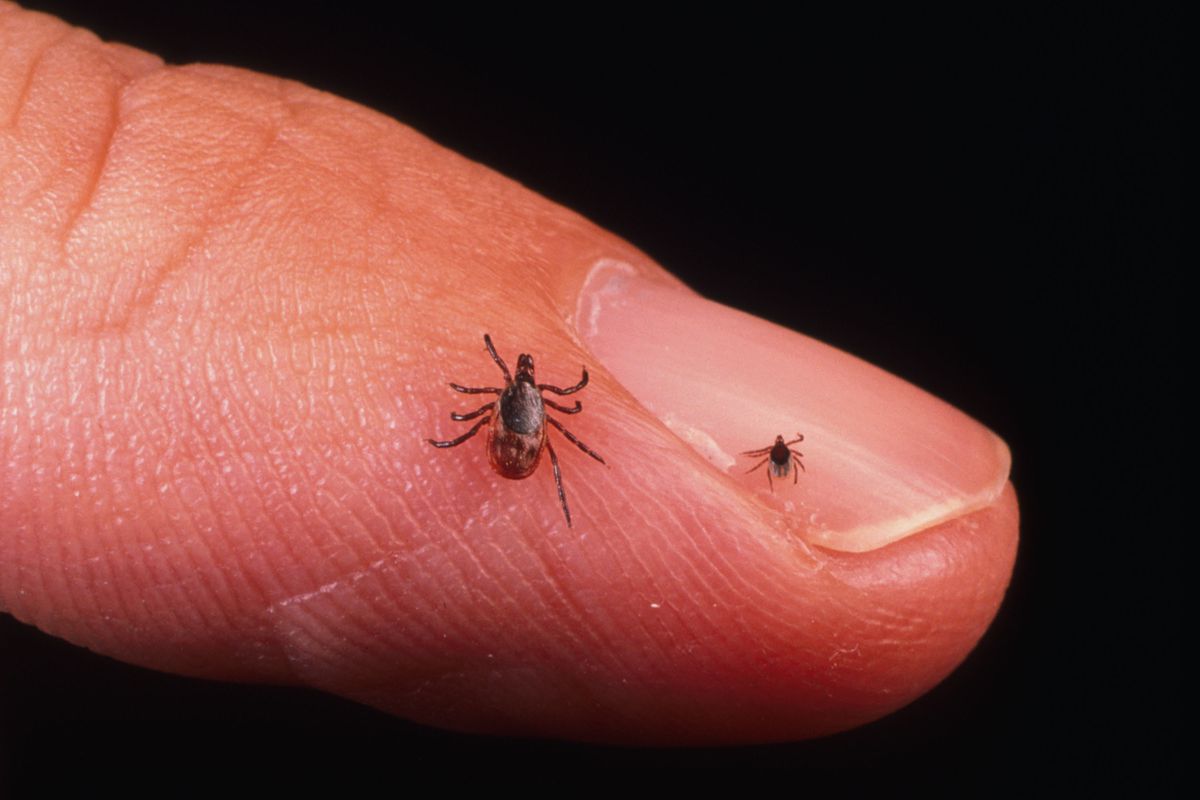Early Detection of Limes Disease
Lyme Disease or Limes Disease is an infectious disease caused by at least 3 species of bacteria that are transmitted to humans by some tick species. If left untreated or if treatment is delayed, it can cause serious damage to the central nervous system, heart, and joints. Also, as the disease progresses, the bacteria can develop immunity or resistance to antibiotics. Thus, it is important to detect the illness as early as possible.
The following are some of the symptoms that help in the early detection of limes disease.
Bull’s eye rash
If you develop a rash that resembles a bull’s eye target – a large outer ring and a circle in the middle – consult a doctor immediately because this is among the surest signs of the disease. It is possible for the rash to disappear or be located in any part of your body. Try to take a picture to show your doctor before the rash fades. However, most of the time, the rash will grow slowly, with some reported to grow to as much as 12 inches in diameter.
Numbness and arthritis
If you experience unusual stiff neck or development of arthritis, check with your doctor as this can be a symptom of Lyme Disease.
Hearing and sight problems
This disease can cause blurred vision, dry eyes, and sensitivity to light. You may also experience pain, itchiness, and a burning sensation in your ears.
Malaise and irregular weight gain or loss
The disease can also cause sudden weight gain or loss. Most patients report a general feeling of tiredness and lack of energy.
This disease can be fatal – if you experience one or more of the abovementioned symptoms, consult a doctor immediately.
Also to worry about our friend the Jelly Fish
The failure of early diagnosis
The failure to diagnose early is avoidable. The harm to patients long term is preventable with early diagnosis. Patients report that diagnostic delays are associated with false-negative test results 57% of the time. Positive test results are dismissed by their clinicians as “false positives” 13% of the time. Patients quite often are not evaluated properly, because their physicians are uneducated on the disease symptoms and incorrectly diagnose leaving patients with there is “no Lyme here.”







